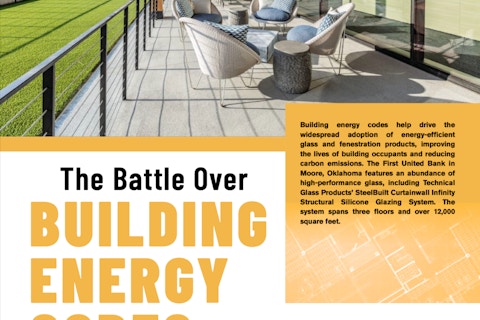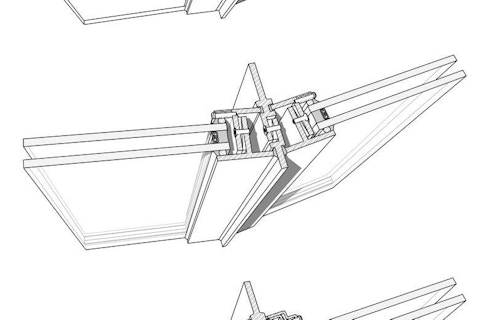Leveraging Avoided Emissions Through Retrofit and Reuse: the CARE Tool
Preserving existing building fabric can be a potent climate action strategy. Because we are not on track to reduce global greenhouse gas emissions within the necessary time frame, the rate of emissions reductions must accelerate to stay within the global carbon budget established by the United Nations Intergovernmental Panel on Climate Change (IPCC). This means that emissions avoided today are worth more than reductions promised in the future - a concept referred to as the time value of carbon.
Renovating a structure almost always has a much lower upfront embodied carbon footprint than building new, because renovations typically reuse the emissions-intensive parts of the building—the foundation, structure, and envelope. Reducing embodied emissions through reuse, however, is typically not enough. Retrofitting an existing building can dramatically reduce its operating emissions through strategic investment in new materials that extend the life of the building and reduce operation energy use. Strategies like fuel switching to electric systems and sourcing renewable energy also contribute to long-term reductions in operational emissions with minimal embodied carbon emissions upfront.
Despite this intuitive knowledge, the building industry has lacked the ability to easily compare the variables of embodied and operating emissions over specific time frames for reuse and new-construction scenarios. This means that the potential avoided emissions associated with reuse are typically unaccounted for in design processes, owner requirements, and climate policies and regulations, representing a major data gap.
The CARE (Carbon Avoided Retrofit Estimator) Tool is an online tool to help address this gap. It empowers owners, developers, and design teams with the ability to quantify the carbon value of reuse decisions. Retrofitting an existing building to zero operating emissions will almost always be the lowest carbon option. But what if you can only reduce its operating emissions by 50%, or plan to replace it with a zero-operating-emissions building? And how do climate zones, current and future grid intensity, and the condition of the existing building affect those considerations? The CARE Tool estimates the avoided operational and embodied carbon emissions associated with reusing and upgrading a building or replacing it with new construction. Outputs are visualized as total embodied and operational emissions over a specified time frame as well as cumulative emissions over time, for three scenarios: leaving the existing building alone, renovating the building, or replacing it with a new building. Results can be compared to determine the lowest total-carbon approach and the time frame in which that occurs. The CARE Tool can be used by policymakers, planners, building owners, developers, heritage building officers, architects, educators, and others who are interested in a pre- or early-design, high-level assessment of the total emissions impact of building reuse versus replacement. With retrofits on the rise and the urgent need for climate action, tools like CARE fill a critical gap in our understanding and valuation of the existing building stock as an important climate asset.

Lori Ferriss, AIA, PE, LEED AP BD+C
Lori is a co-developer of Architecture 2030’s CARE Tool, which estimates the carbon benefits of reusing and retrofitting buildings for designers, owners, planners, and policymakers. Her work establishing carbon accounting methods for historic buildings has been featured in publications ranging from the Journal of Architectural Conservation to Architect Magazine and presented on-stage at UN COP Climate Change Conferences. She is a Design Fellow at Northeastern University and a Principal Consultant with Cameron MacAllister. She is a co-chair of the APT Technical Committee on Sustainable Preservation, served as the 2023 chair of the American Institute of Architects Committee on the Environment, and is an expert member on the ICOMOS International Scientific Committee on Energy, Sustainability and Climate Change.
Looking for something specific?
Search our extensive library.
FTI’s SKINS email is the central source for the latest in building skin trends and research.
All emails include an unsubscribe link. You may opt out at any time. See our privacy policy.









